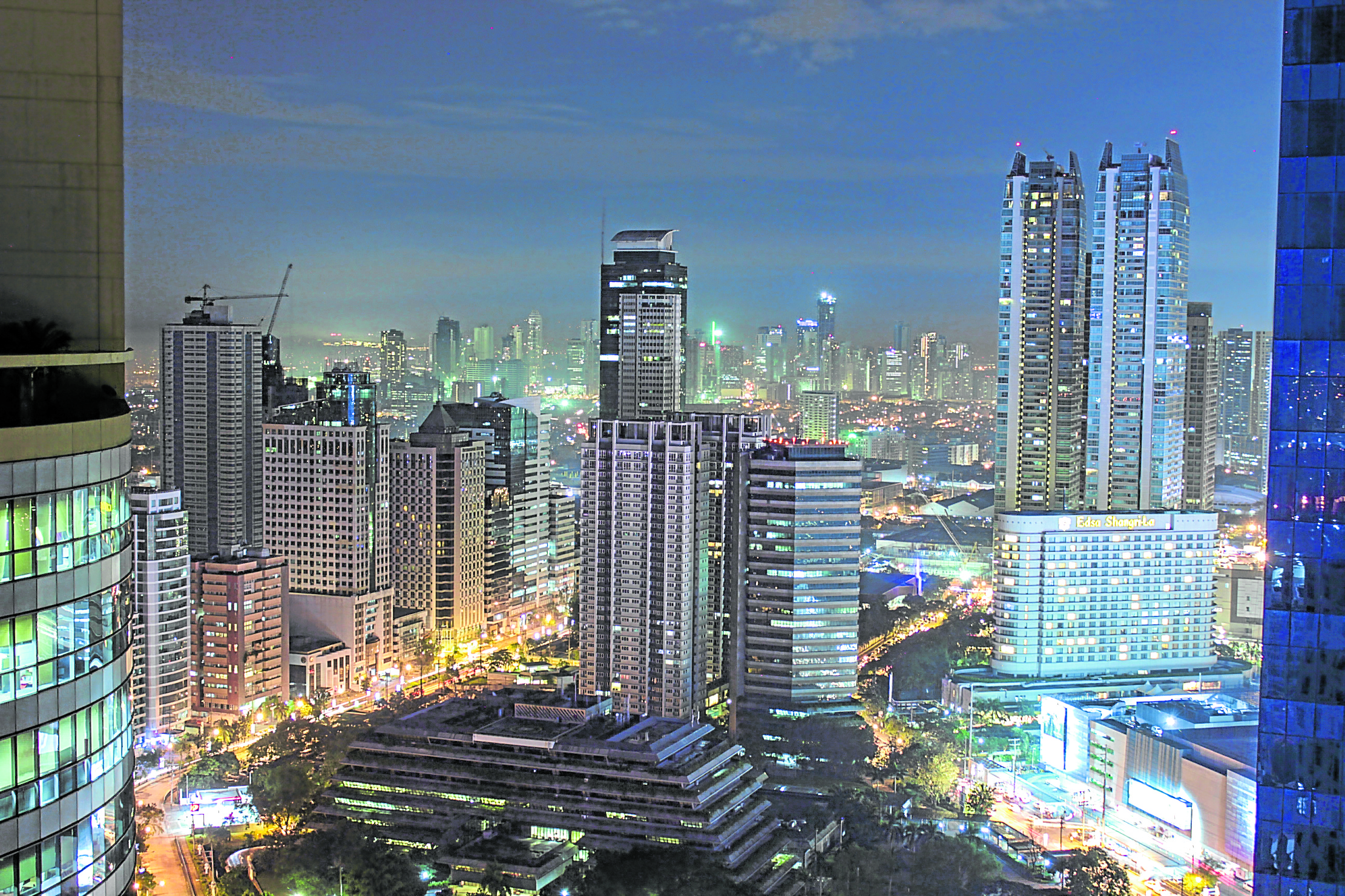Philippine property recovery gathers pace

Traditional occupiers continue to lead office space absorption followed by outsourcing firms. —DAVID MILMONT/UNSPLASH
In previous columns, I highlighted how the pandemic affected the Philippine property sector. At the height of this crisis, we saw negative office take up, correction of condominium rents and prices, and decline in mall space rents due to substantial drop in consumer traffic.
In the past quarter however, property developers and investors are aggressively and proactively looking for opportunities especially now that the Philippine economy is starting to open up.
Office landlords are completing projects based on schedule as more employees are encouraged to work onsite. This is supported by the country’s economic managers, especially given the multiplier effect of more people going back to the offices.
Residential developers are launching more horizontal projects outside Metro Manila as key areas in north and south Luzon remain as preferred investment destinations. Even in the peripheries of Metro Manila, we are seeing more developments. This, in fact, is the topic of a Colliers Research paper that will be released soon.
Local tourism is starting to gather pace while global travel continues to sail through uncharted waters. In the office market, we encourage landlords to keep an eye on tenants’ hybrid work arrangements while national players should look at viable price points and payment schemes for residential units located outside Metro Manila.
Meanwhile, hotels should treat this downtime as an opportunity to train staff, ramp up digitization efforts, and boost omnichannel marketing strategies to capture “revenge travel” opportunities.
We are seeing tremendous opportunities especially now that more sectors of the economy are reopening. Surveys released by the central bank reveal that businesses and individual investors are becoming more optimistic and this should bode well for the Philippine property market.
Remittances to boost demand
From January to November last year, remittances by overseas Filipino workers (OFW) reached $31.6 billion (P1.6 trillion), up 5.3 percent from the $30 billion (P1.5 trillion) recorded in the same period in 2020. This year, the central bank sees remittances growing by 4 percent. This projection should be supported by the deployment of more Filipinos abroad especially now that traditional OFW destinations are also starting to welcome more migrant workers.
Colliers believes that the growth in remittances should partly lift the demand for vertical and horizontal units within and outside Metro Manila. Based on my previous webinars, developers are particularly targeting OFWs from Southeast Asia, the Middle East, and North America.
Office: Tenants firm up back to office strategies
Colliers saw office deals in 2021 reaching 422,400 sqm, up 18 percent from 357,400 sqm in 2020. Traditional occupiers continue to lead office space absorption followed by outsourcing firms. Most of these companies took up spaces in the central business districts of Ortigas, Makati, and Fort Bonifacio.
Several tenants are already firming up their back-to-office plans and these should sustain take-up over the next 12 months.
What’s interesting is that outside Metro Manila, we are also likely to see growth in office take up. For 2022, we project a sustained demand in Cebu, Pampanga and Iloilo.
Residential: Shift to horizontal
Colliers Philippines saw a sustained take-up for house and lot, and lot only projects outside the capital region in 2021. Among the popular locations were key urban areas in northern and southern Luzon such as Pampanga, Tarlac, Bulacan, Cavite, Laguna, and Batangas where residential projects are between 86 percent and 97 percent sold as of end 2021. In previous polls that we conducted, these central and south Luzon hubs also stood out.
Revenge shopping and dining
Latest government data showed that household spending grew by 4.2 percent in 2021 after a 7.9 percent contraction in 2020. In our view, the easing of mobility restrictions and accelerated inoculation program should inject a much-needed boost to the retail sector. The Department of Health has announced that the Philippines is now back to a low-risk status for COVID-19. Colliers believes that this is a positive development for mall operators, retailers and consumers.
Interesting developments for the Philippine property market. Indeed, we are bound for a rebound.
